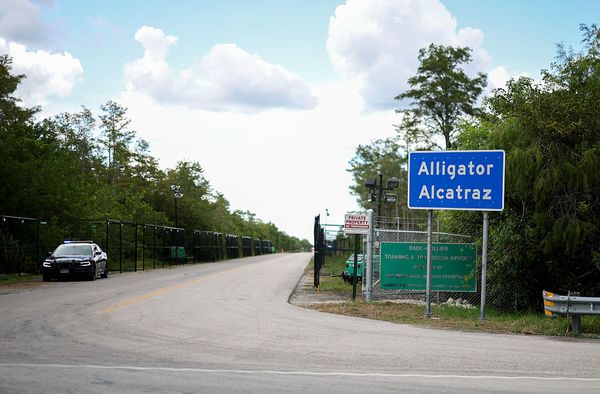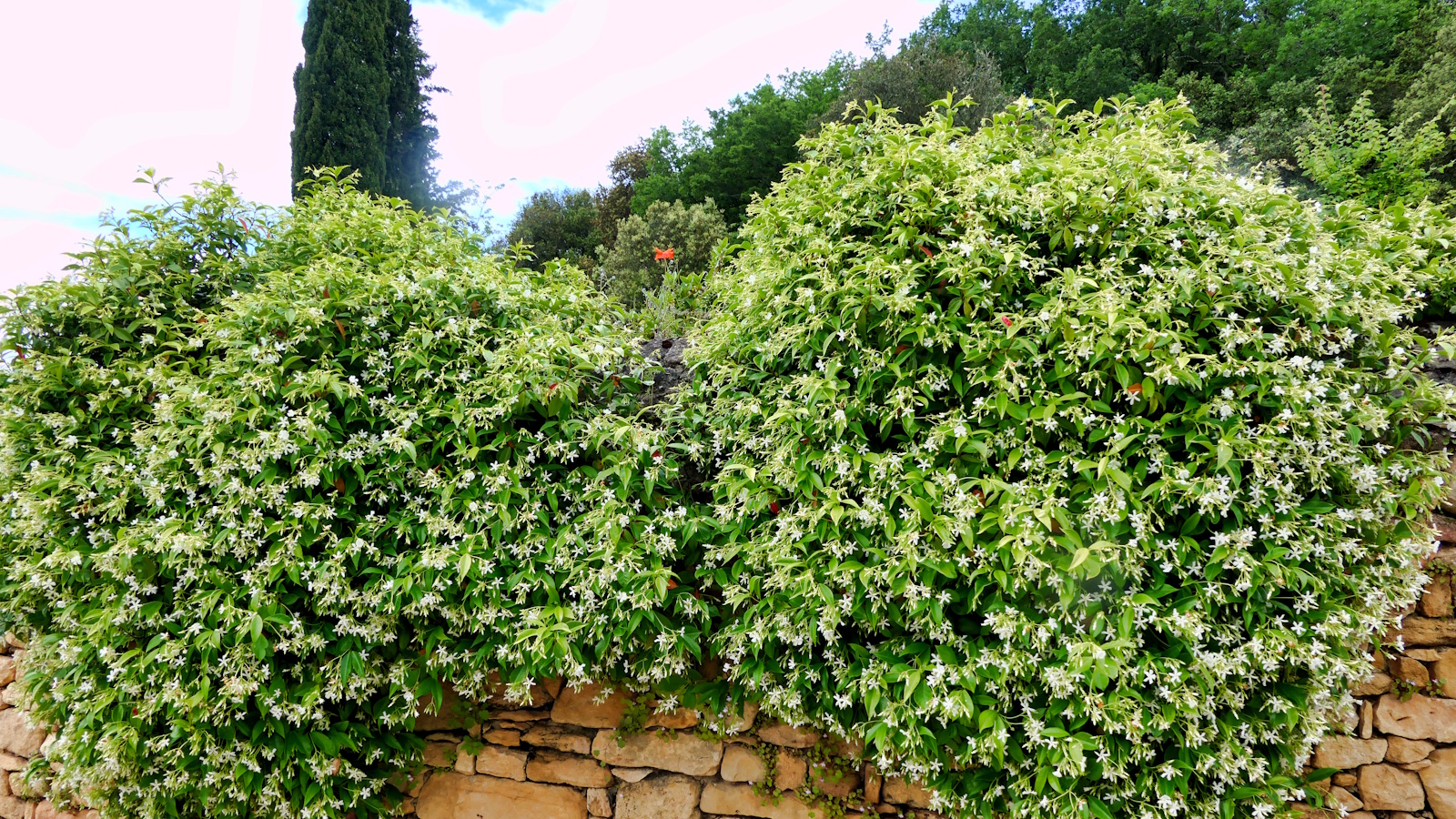
Knowing when and how to fertilize star jasmine is an important consideration if you are growing one or more in your yard. While these resilient climbers can often go many years without feeding, even thriving in poor soils, applying a small amount of fertilizer at the right time will undoubtedly give your plants a boost.
Star jasmine, or Trachelospermum jasminoides, is an all-star climbing plant. With its glossy evergreen leaves and sweetly scented, star-shaped blooms, it’s easy to see why this vine has long been a hit with gardeners worldwide. And, learning how to fertilize star jasmine will only serve to improve the health and vitality of your plants.
So, if you know how to grow star jasmine but want some extra advice on fertilizing, you've come to the right place. Whether you have a young vine or a bushy, mature specimen, this guide will ensure that your star jasmine keeps producing fragrant flowers for many years to come.
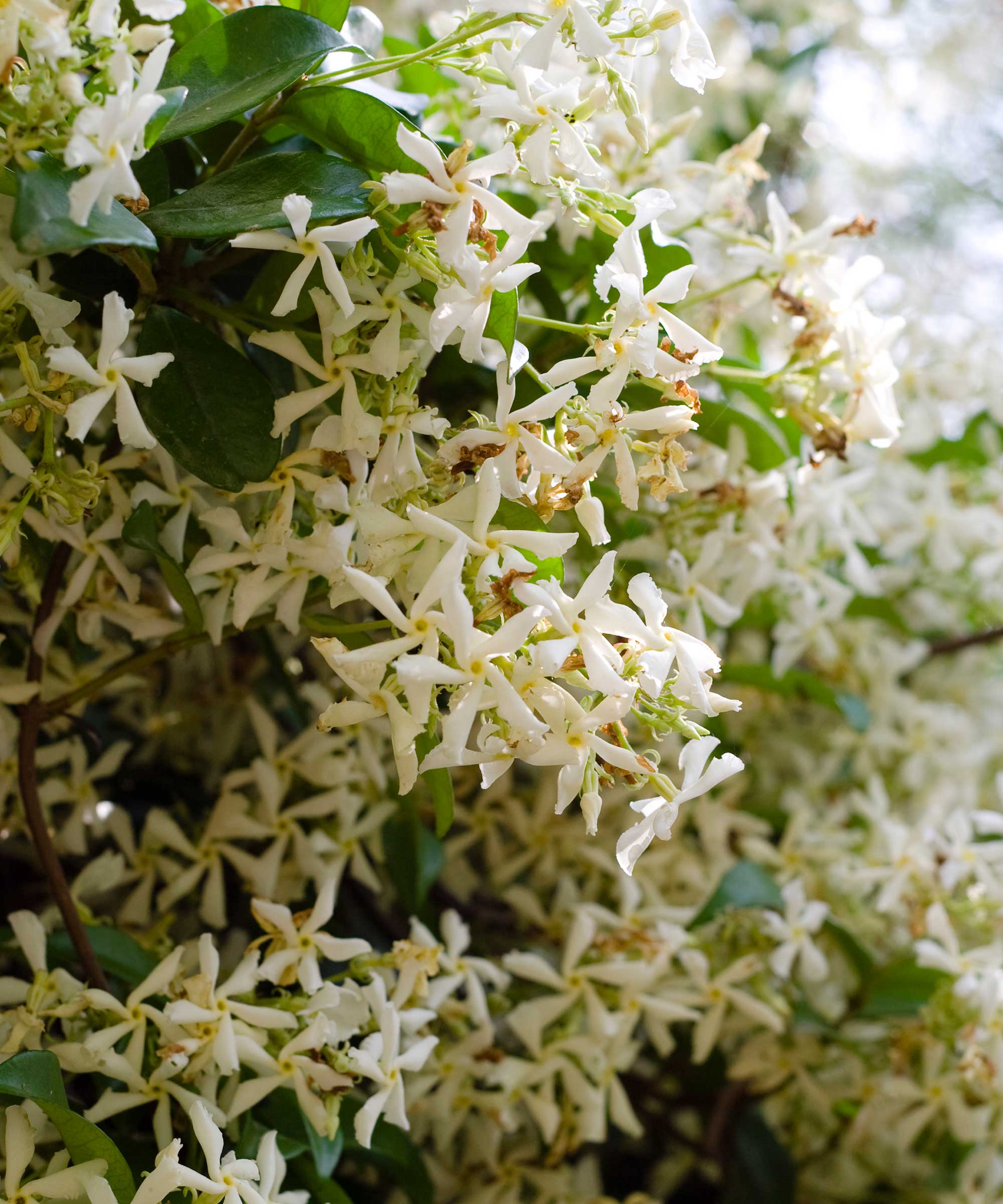
Growing star jasmine
'Star jasmine is native to Asia, including Japan, Korea, southern China and Vietnam,' says Jen McDonald, garden expert and a co-founder of Garden Girls. 'It grows best from US hardiness zone 8 to zone 10, with a preference for full sun or partial shade.
'In their native habitat of mountain woodlands and scrub land, star jasmine vines grow in well-drained and fertile soil,' Jen adds, 'so the occasional feed can help to give plants a helping hand, particularly when growing in pots or in yards with very rocky or poor soil.'
When to fertilize star jasmine
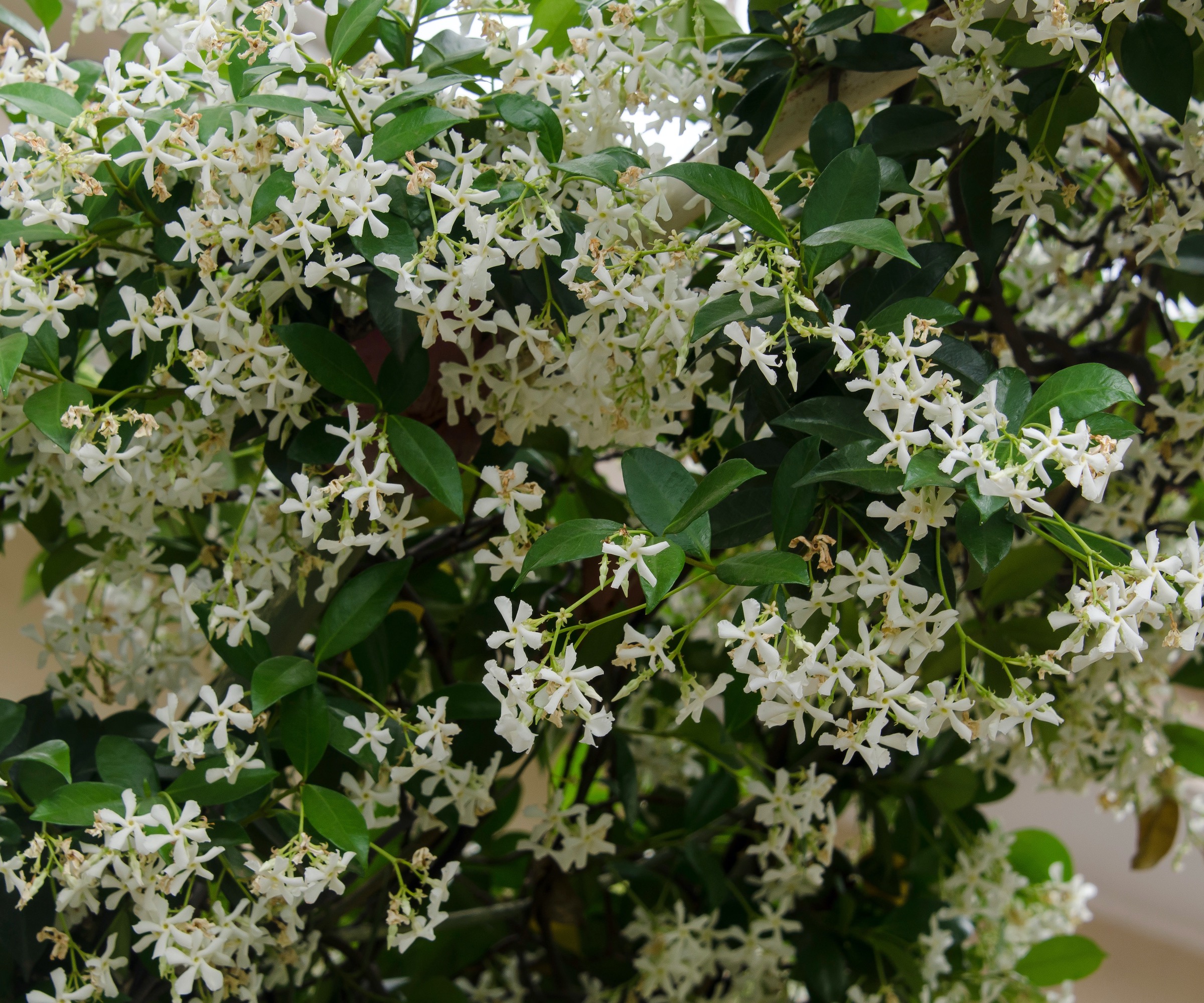
In terms of when to fertilize star jasmine, timing is everything. You should only begin feeding from early spring, just as your plant wakes up and produces new growth.
For star jasmine plants in containers (they are considered some of the best climbers to grow in pots), you will want to feed once every month from April until September.
For species growing in the ground, I would suggest a single application of fertilizer in spring. Generally speaking, these are climbing plants that thrive on neglect, so feeding any more than once in the spring would be an unnecessary fertilizing mistake that could actually do more harm than good.
In addition, avoid feeding beyond September, as this can encourage fleshy, frost-tender shoots that won’t have time to harden before the temperature drops in fall.
Regardless of the variety of star jasmine you grow, this spring and summer feeding schedule remains the same. Fertilizing with the right products during the growing season will support the formation of healthy growth and blooms.
How to fertilize star jasmine
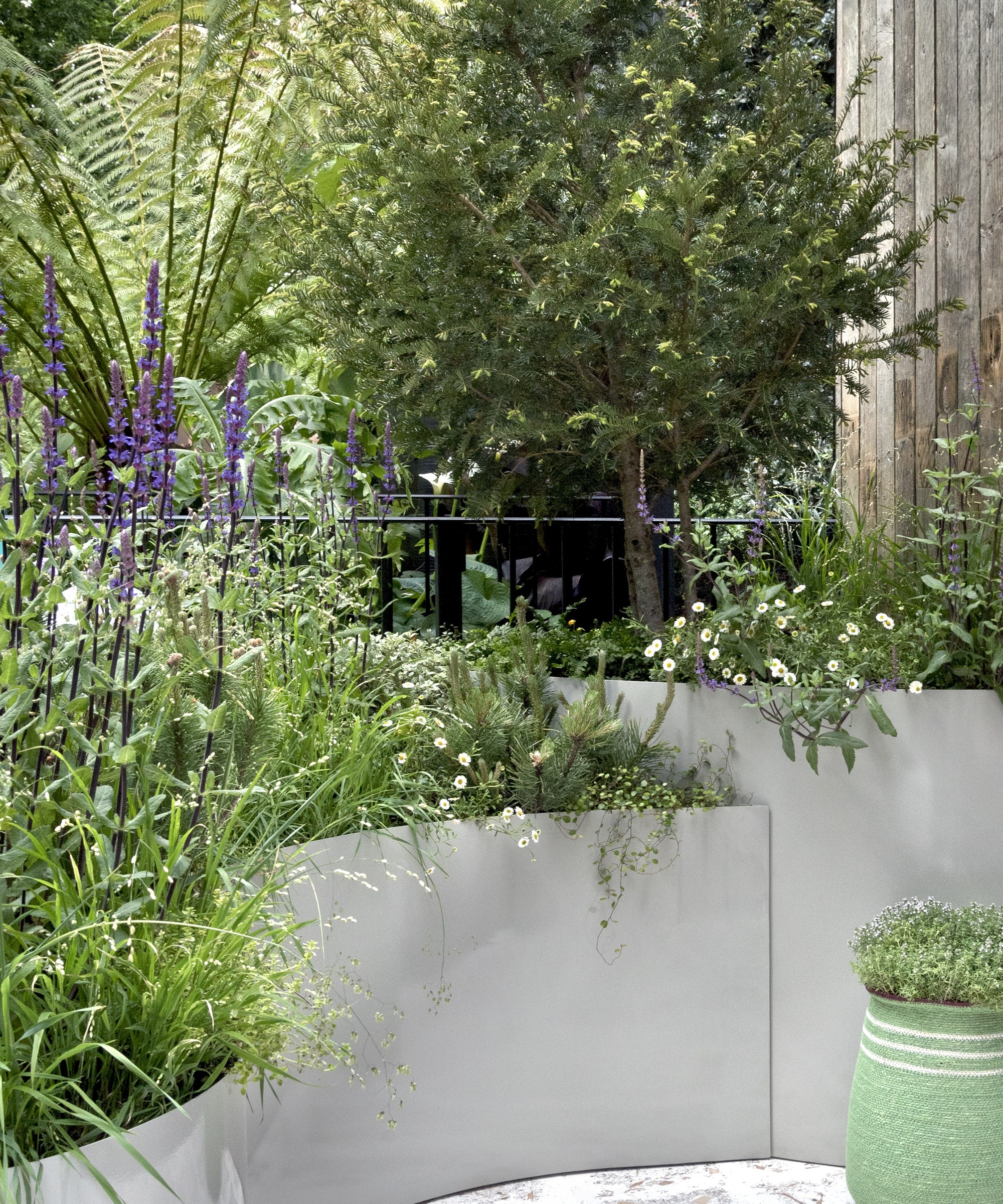
Feeding star jasmine isn’t complicated, but choosing the right product with suitable plant fertilizer numbers is key.
For recently planted younger vines, you can sprinkle a small amount of bone meal atop the soil, gently combining it with the soil before deep watering. Bone meal is high in nitrogen and phosphorus and will support the development of strong root systems.
Try something like this organic bone meal by Espoma, available at Walmart, which will give a boost to your younger vines.
'When planted in the spring, your vine will spend the first eight to 12 months developing a strong root system,' Jen says. 'Bone meal can help. After that, you should see vigorous growth, sometimes over six feet in a single year.'
For star jasmine plants grown in pots that already have a good show of evergreen foliage, you can use a bloom booster feed that is high in potassium and phosphorus, which are essential nutrients for flower development.
Try this organic bloom booster fertilizer by Dr Earth is available to order at Amazon, to encourage pot-grown plants to produce as many springtime flowers as possible.
Finally, for larger, established plants growing in borders, use a slow-release, balanced fertilizer with equal numbers, like a 10-10-10 formula. This will give your plant the nutrients it needs through the growing season and should only require one application in April or May.
Try this slow-release fertilizer from Perfect Plants Nursery, which will help to give your vines the boost they need to provide long-term growth.
FAQs
Can I feed climbing plants with tomato fertilizer?
Yes, to boost flowering, feed your climbers growing in containers with a high-potassium liquid feed, such as tomato fertilizer. This organic tomato feed from Burpee, available at Amazon, will get the job done. Use tomato feed once a month during blooming, afterwards reverting to an all-around fertilizer during summer. Why not learn how to make your own tomato fertilizer using household waste such as banana peels? Our guide has all the information.
If you are worried that your star jasmine is not producing many flowers, do not automatically assume it is a nutritional issue. Unless your climber is positioned somewhere with at least six or more hours of sunshine per day, it can struggle in terms of flower production.
Pots are easier to move to sunny situations, but always consider lighting requirements when planting in borders, as it will be difficult to move established specimens.
For more climbing plant care information, see our guide on when and how to prune star jasmine, to keep your favorite vines looking healthy and compact.
Shop climbing plant accessories
These long leather gloves will protect your hands and arms when planting or pruning star jasmine.





